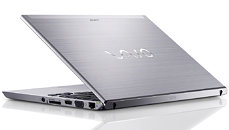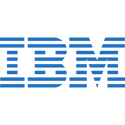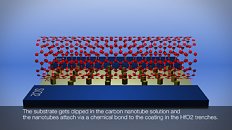
Hybrid Memory Cube Consortium Releases HMC 2.0 Specification
The Hybrid Memory Cube Consortium (HMCC), dedicated to the development and establishment of an industry-standard interface specification for the Hybrid Memory Cube (HMC) technology, today announced its continued work to build the HMC ecosystem and support for the industry adoption of this groundbreaking technology through the development of a new interface specification. Today the HMCC also released a first draft of the new specification to a growing list of consortium adopters that now numbers more than 120. The new specification supports increased data rate speeds advancing short-reach (SR) performance from 10 Gb/s, 12.5 Gb/s, and 15 Gb/s, up to 30 Gb/s. The new specification also migrates the associated channel model from SR to VSR to align with existing industry nomenclature. The ultra short-reach (USR) definition also increases performance from 10 Gb/s up to 15 Gb/s.
The HMCC, founded by leading memory providers Micron Technology (Nasdaq:MU), Samsung Electronics, and SK hynix, has begun circulating this draft specification to a broad range of adopters, with the goal of incorporating adopter members' input and targeting a completion date of May 2014 for the final version. The first-generation specification was completed and released publicly in April 2013; several developer and adopter companies, including Altera, Xilinx, and Open-Silicon, have already begun leveraging the specification to design products and solutions that incorporate HMC technology.
The HMCC, founded by leading memory providers Micron Technology (Nasdaq:MU), Samsung Electronics, and SK hynix, has begun circulating this draft specification to a broad range of adopters, with the goal of incorporating adopter members' input and targeting a completion date of May 2014 for the final version. The first-generation specification was completed and released publicly in April 2013; several developer and adopter companies, including Altera, Xilinx, and Open-Silicon, have already begun leveraging the specification to design products and solutions that incorporate HMC technology.









